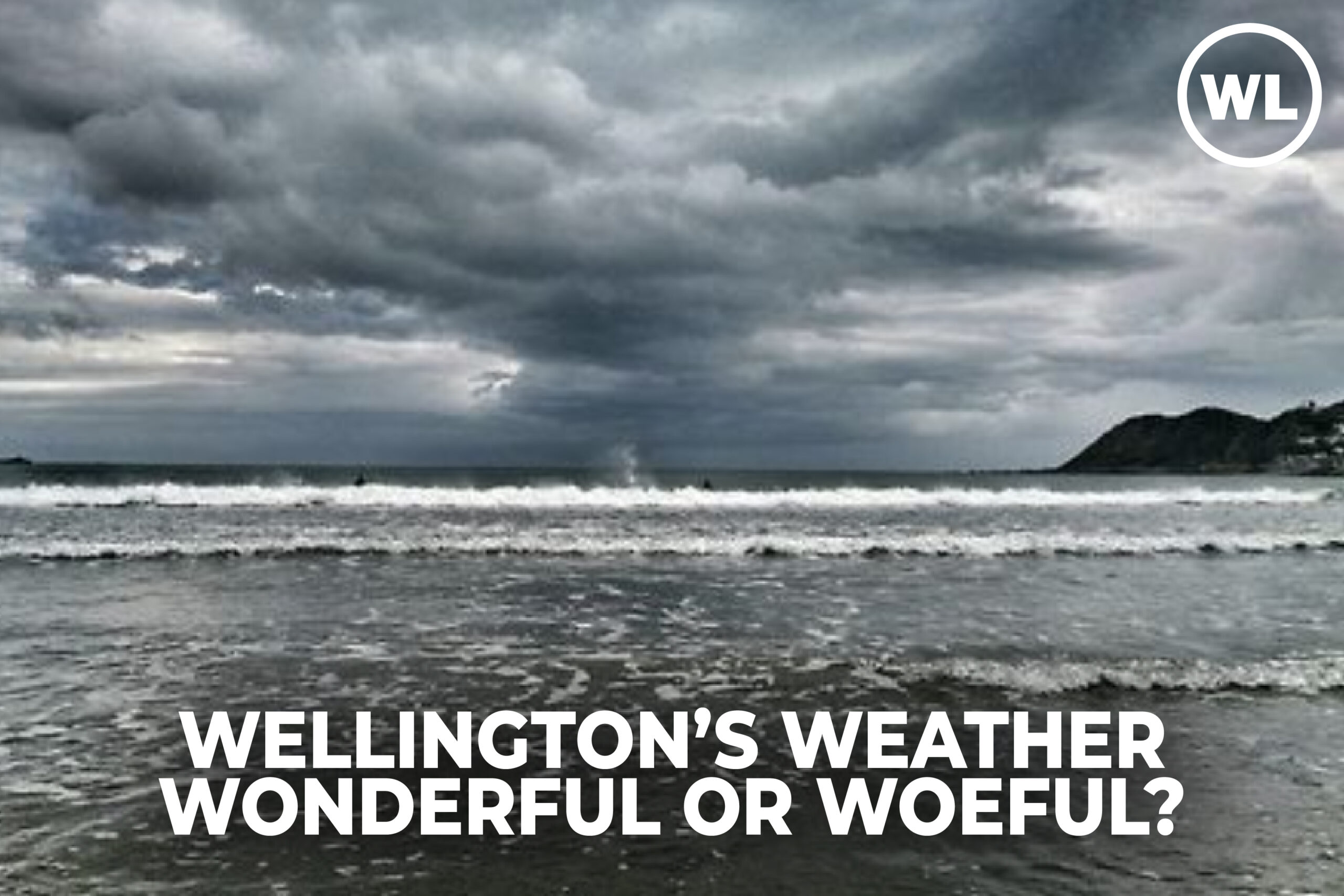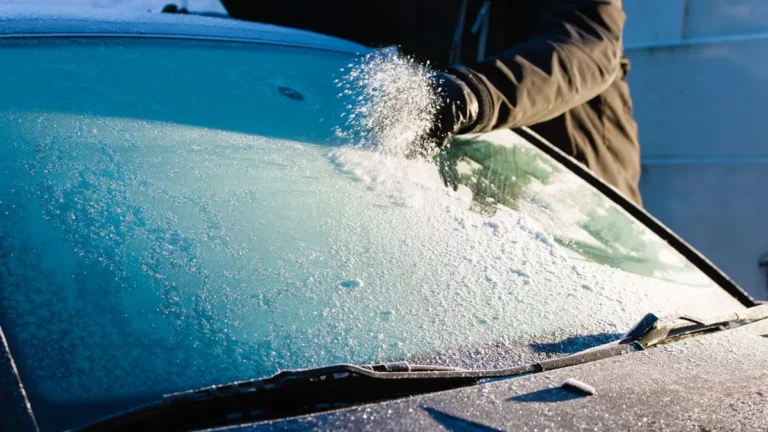If you live in Wainuiomata, New Plymouth, Rotorua, Napier Hastings or anywhere in a cold climate and park your car outside, a frozen windscreen can be a real pain. But don’t worry, there are effective ways to tackle this icy problem without causing any damage to your car.
How to Defrost a Windscreen and What Not to Do

Nathan Kilah, a chemistry expert at the University of Tasmania, recommends using regular tap water as the most effective way to defrost a windscreen. The goal is to raise the temperature of the glass above freezing, and plain water does the trick. You can either pour water over the windscreen or use a hose if one is available.
However, avoid using hot or boiling water as the sudden temperature change can crack the glass. A safer option is to use a plastic card (like an old credit card) or a scraper to gently remove the frost.
Can You Stop Frost from Forming?
While it might not be possible to completely prevent frost, covering the windscreen with a towel or blanket can help. This allows the frost to form on the cover instead of the glass, making removing it easier.
What About Vinegar or De-icing Spray?
Some people use vinegar mixed with water or de-icing sprays to melt the frost. These solutions work by lowering the freezing point of the ice. However, Kilah advises against using chemicals as they can be corrosive and might damage your car in the long run.
How to Quickly Defog a Windscreen
Fog on the inside of your windscreen can be just as annoying as frost. It happens when the warm air inside the car meets the cold glass. To clear the fog, you can either heat the glass or cool the air inside the car.
Turning on the heater is the most effective method. If your car doesn’t have a heater, you can try using anti-fog wipes or sprays, or simply opening the windows to let in cool air (although this might be uncomfortable).
What if Your Car Doesn’t Have Heating or Air Conditioning?
Cars without heating or air conditioning can still benefit from anti-fog products. These can help prevent water droplets from forming on the glass, although they might need to be reapplied often. Opening the windows can also help, but it won’t be a comfortable solution.
By following these tips, you can quickly and safely defrost your windscreen and get on with your day, even in the chilliest of weather.
Top 5 Coldest Places in South Island, New Zealand
- Birdlings Flat: This coastal town holds the record for the lowest temperature in the region, reaching a chilly -19.4°C (2020). Despite this, it enjoys ample sunshine throughout the year.
- Avondale: Tied with Birdlings Flat for the lowest annual average temperature, Avondale also experienced its coldest day in 2020, reaching -19.29°C.
- Ben Omar: Not far behind, Ben Omar recorded its lowest temperature in 2020, reaching -19.32°C. It shares the same average annual temperature as the top two contenders.
- Beckenham: This suburb experienced its coldest temperature of -19.01°C in 2019, making it the fourth coldest location on the list.
- Bryndwr: With the lowest recorded temperature of -18.98°C in 2019, Bryndwr rounds out the top five coldest places in Canterbury.
Top 5 Coldest Places in North Island, New Zealand
- Hunterville: This rural town takes the lead as the coldest recorded place in the region, with a bone-chilling low of -6.83°C in 2018.
- Ohakea: Just a fraction warmer, Ohakea experienced its coldest temperature in 2018, reaching -6.82°C.
- Bunnythorpe: This small settlement tied with Ohakea for the third coldest spot, also experiencing a low of -6.81°C in 2018.
- Kai Iwi: This coastal town holds the fourth spot on the list, recording its lowest temperature of -6.8°C in 2020.
- Himatangi Beach: Rounding out the top five coldest places is Himatangi Beach, with the lowest recorded temperature of -6.79°C in 2018.
TRUTH SEEKER
Instantly run a Quiz with friends... about the article. Interact more & analise the story. Dig in, catch out biased opinions, and "fact check" with TRUTH SEEKER by ONENETWORK WELLINGTONLIVE 👋
Do you agree with the main argument of this article?
Total votes: 0
What does Nathan Kilah recommend as the most effective way to defrost a windscreen?
Bias Analysis
Fact Check Summary
False, hot or boiling water can crack the glass.
Source: Article
True
Source: Article








